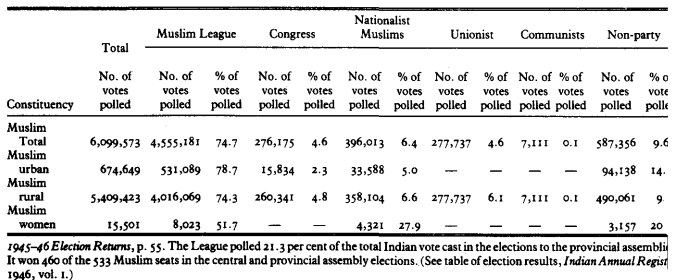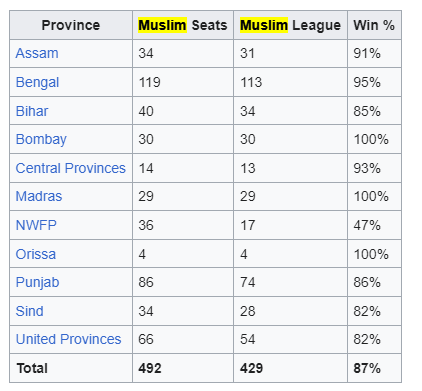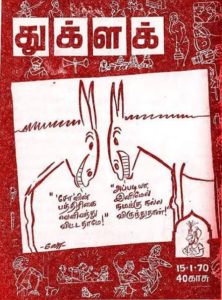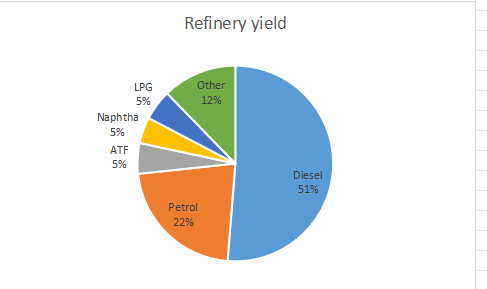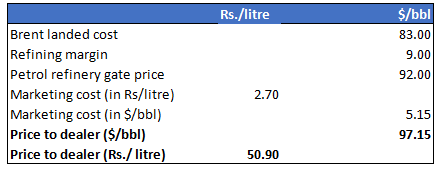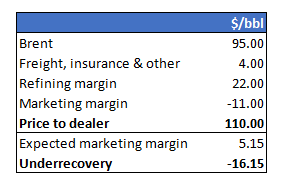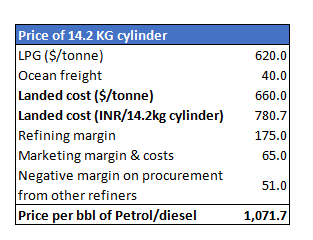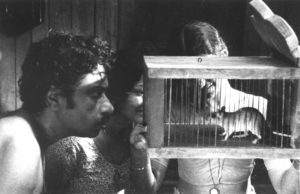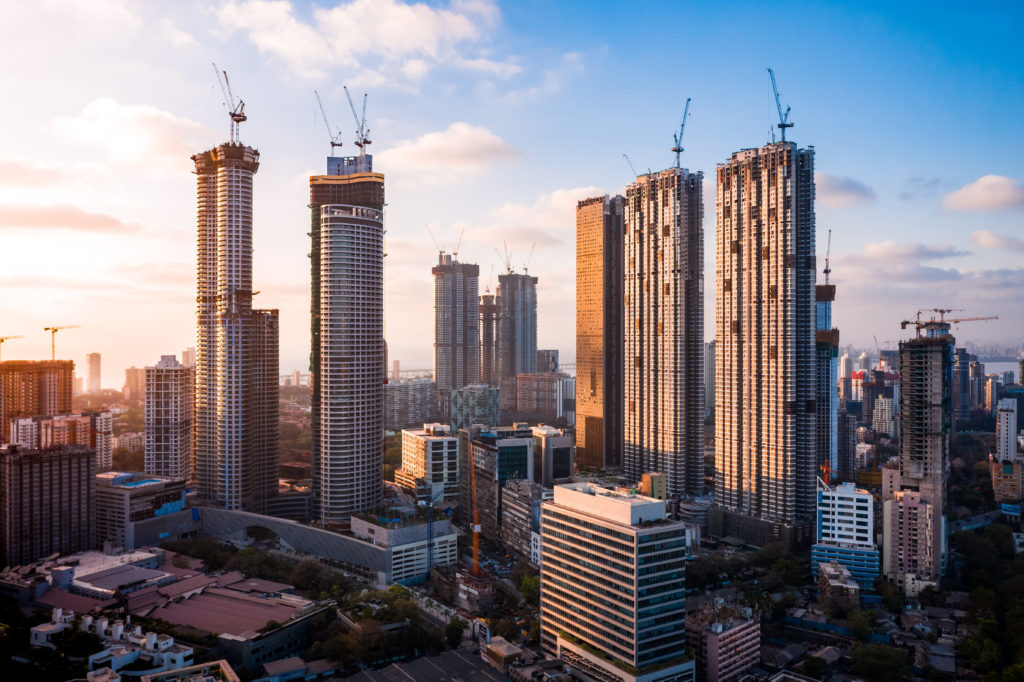What do they know of cricket who only cricket know?
This is the Immortal quote from arguably the greatest book written on any sport, in this case, cricket from “Beyond the Boundary” by CLR James. This was obviously inspired by Kipling’s poem, “The English Flag “where he asks “And what should they know of England who only England know?” to celebrate the British Empire’s global reach. James says what he said to convey that it’s always in one’s interest to evolve and never stagnate. I was thinking about this after today morning’s seemingly bitter argument between two friends in one of these ubiquitous cricket themed WhatsApp groups about the primacy of IPL versus Test cricket with the conversation getting increasingly heated and personal. I am assuming thousands if not more such groups will be having similar debates and wanted to think this aloud – I don’t expect any brilliant new insight to emerge but sometimes writing this out may clarify our collective thoughts, or that’s the aim!
At the outset, comparing the two formats is blasphemy, one is a 150-year-old sporting institution with a rich history and legacy and IPL is a15 odd year young upstart that shocks the purists. A lot argue that these two are in fact two entirely different games. I wouldn’t go as far as that but let us see where they get together and where they differ.
Tests with their ebbs and flows almost mirror life, you lose the toss and have a disastrous first session, why the whole first and second day as well or like the first test in the England series that concluded recently, be behind the match so much but still Pope scores an all-time great or freak innings and England win. That causes all of us tragics to rant and rave but suddenly India turns up and beat them 4-1. Or the last Australia series where after the 36 all out ignominy of Adelaide, Melbourne, Sydney and Gabba became classics for the ages! Similarly, all the Ashes rivalries, Bodyline Series, India Pakistan test matches and so on, each cricket lover will have 20 test matches close to their heart for a variety of reasons.
IPL in contrast is an Indian Bollywood like affair with auctions, mix and match of foreign and Indian players, owned by celebrities – Movie stars and businessmen and rules like Calvinball , sort of made up as we go along the tournament over the years . The impact player in the last 2 versions is an example – last year it was a novelty. This year the think tanks of the teams have got a plan to exploit it and we have seen an immediate impact already – scores of 270 plus are common and we may see a 300 soon. The theory is having an additional hitter mentally frees up the other batsmen to bat more freely than they may otherwise. Is this tinkering with the basic structure of a playing eleven – sure it is! However, the crowds love it and so we enjoy the hitting and feel mildly sorry for the bowlers. The cult following of certain teams ( CSK – my team!) is something else. Anyone who has been in the ground at Chepauk especially if not any ground when MSD Dhoni enters to bat this year will have an experience of a lifetime!
Has the IPL rubbed off positively on the traditional form of cricket – Tests? Let us examine the evidence. The scoring rates of tests this millennium is way higher than it was ever before. The number of draws is also very few and far in between and mostly we see a draw only in case of a weather exception. (The Sydney- one arm and one leg Horatio Nelson like stand of Ashwin and Vihari being a glorious exception!). It has also enabled batsmen to be way more adventurous in tests – Rishab Pant reverse scooping Jimmy Anderson in a test and Bumrah using slower balls to get Bairstow out in tests in England come to my mind. There are numerous such examples where the innovation, cheekiness and variations of the IPL are brought on to the test matches making them exciting. New talent from the hinterland is unearthed, the kids make their name and fame in IPL and do well for their countries in tests as well. Jurel being the latest case in point. Fear of losing and playing under huge pressure with a lot of crowds is something young Indian players learn very young to adapt and that stands them in good stead in tests too. range and power hitting as seen by the Indian youngsters as well as foreign players and the 150 km and more speeds cranked up by young bowlers is a treat to watch !
Is it all roses then and IPL has no faults? The age-old virtue of grinding out a session appears to be a bit lost but there are still players like Pujara who do it to great success ( He does not play much of IPL or no one selects him much !) . Much was made of the Bazball hype by England but when all all-time great test batsman like Joe Root reverse scoops Bumrah to the slips when the series was in balance , the idea lost its hype I would imagine even though the English and their cloying press still cling on to it. The Ashes later this year should settle that argument once and for all!
From Indian cricket point of view, there has been interesting ramifications. In Tests since the inception of IPL, the Indian test team for most parts has done exceptionally well, have been the no 1 test team for long periods of time, have won two away series in Australia and only South Africa has been the last bastion yet to be conquered. However, we have lost both the WTC finals, on the face of it that cannot have anything to do with IPL. More worryingly after 2008 we have not won any ICC white ball trophy, the cruelest cut being the final we lost to Australia last year at Ahmedabad. I do not fancy much our chances in the T20 WC as well later this year in the Americas. Can this too be correlated to IPL – let us see what is the evidence again if any.
One worrying trend is players prioritizing IPL over national duty – classic case seems to be Hardik Pandya, I do not remember him missing any IPL but in national colors, he seems to twist an ankle or pull a muscle even while sneezing. While the Aussies seem to have a party at the IPL almost appear to take it as a lark , earning big money in millions while in national colors, they seem to give their blood and more to win. Maxwell being the case study for this, RCB his team is the butt of a million memes and he does precious little for them on most occasions while for Australia he plays impossible knocks to win them tourneys! I cannot think of any Indian player like that while like Pandya we may have several examples. Similarly the IPL spin offs owned by the same franchises have undermined test cricket in other countries as well. South Africa sent a third XI to New Zealand to play a test series as their main players were busy with their version of the T20 league. This can be explained away as a scheduling issue, though players can only play for so many days in a year and need to rest and recuperate. The balance between the pride from national Duty to the commercial windfall from T20 leagues is a tricky one. BCCI to its credit has tried to address this by specially incentivizing players for test wins, though the other boards may not have the financial muscle to do that.
IPL has done a lot to popularize cricket with women and children, it has brought a new demographic who hitherto were cold to cricket and made them follow the game and its nuances. Sure, it can be described as a pure tamasha but the basic skills of the game are on display and the next generation is getting hooked on to the game. Given cricket was always a game played by a handful of countries this is important for the game to survive for the next 50 years and more. There was a recent survey in India amongst kids younger than 10 years and for the first time ever football was rated as the game that they followed or played most! That means IPL is necessary for even tests to survive in a manner of speaking.
In summary IPL has its utility, it is more entertainment than pure sport but some elements of the sports are sharpened due to it and the benefits spill over to make the oldest format of the game, test cricket, more interesting. The caution is young players prioritizing one for the other, it is perfectly fine that a young player prefers IPL over national test duties but the commercials and risk reward mechanism should be structured in such a way that the decision does not become a heavily skewed one to favor League Cricket . We still will have a Bumrah , a Rishab Pant and a Travis Head making an impact in all formats of the game and entertaining us !



